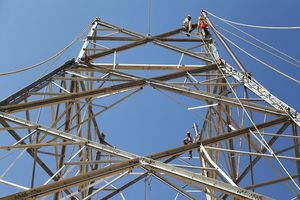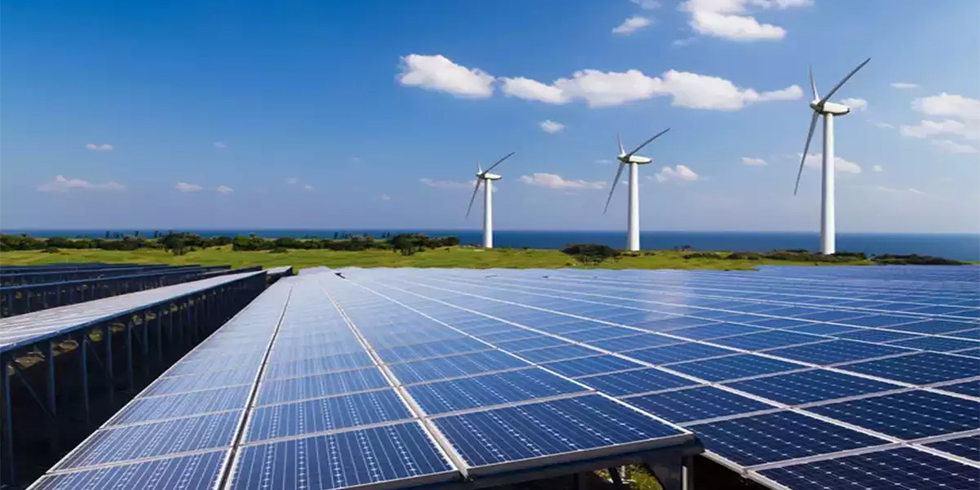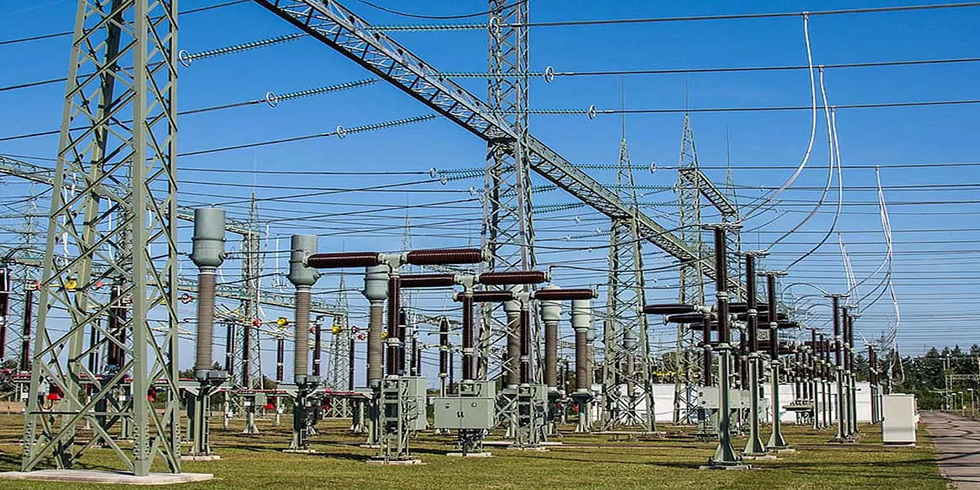By 2040, India’s electricity demand will rise 4.5 times over 2012 levels. While clean energy (like renewables, nuclear and hydro) may account for 13.5% of electricity produced by 2040 (from 3.7% in 2012), the share of coal, oil and natural gas may fall by just two percentage points to 78%.
Greater efficiency and technology can cut energy demand in 2040 by 16.6%; up to 90% of this reduction is possible in transport, industry and construction. New buildings codes could cut energy use by 50% in new construction.
If most Indian vehicles were electric by 2030, pollution levels in cities could drop 80%-90%, and India could save $100 billion, a sum over two times larger than the current defence budget
These are some of the projections made by India’s new draft National Energy Policy, released by the government’s think tank, Niti Aayog, in June. The policy closed for public comments on July 14.
The National Energy Policy focuses on four major objectives: affordable energy access for all; reducing dependence on fossil-fuel imports; becoming a low carbon economy through growth in renewable energy; and sustaining economic growth.
Strategies to achieve these include privatising coal production and letting the market set prices for coal, removing subsidies on electricity and providing direct benefits to people vulnerable to price rise and letting competition among different resources (both fossil fuel and renewables) decide the energy mix of the country, not policy interventions.
However, while the National Energy Policy recommends several ambitious changes to the way coal is produced and distributed, an IndiaSpend analysis showed that the plan projects, at its highest, a doubling of coal-fired capacity by 2040, which is not supported by other projections made about coal by other government documents, such as the draft National Electricity Plan (produced by the Central Electricity Authority in 2016), which said India would not require any more coal capacity addition until at least 2027.
What will 2040 look like?
By 2040, India’s population is predicted to increase to 1.6 billion, and the rate of urbanisation (projected average rate of change of the size of the urban population over a given period of time) of this population will be 47%. The share of manufacturing in the country’s gross domestic product will double from its current levels to 30%. As of 2017, nearly 25% of the population is still without access to electricity and 40% without access to clean cooking fuel.
Under the “ambitious scenario”, energy demand in 2040 could be brought down by 2,628 terawatt hours (more than twice the amount of electricity that the country generated in 2012: 1050 terawatt hours), which is a 16.6% reduction over the “default scenario” (business as usual), through improved energy efficiency and technological advancements. Over 90% of this reduction could come from innovation and increased efficiency in the transport, industry and construction sectors.
Over three years to 2015, the government said it achieved energy savings equal to 1.25% of India’s total energy supply and encouraged investment worth more than Rs 24,000 crore in energy efficiency technologies, the market for which is growing.
To achieve greater energy efficiency in the construction sector, the Energy Conservation Building Code 2017 was launched in March, prescribing energy performance standards for new commercial buildings. The government has estimated that adoption of the Energy Conservation Building Code 2017 for all new commercial constructions will bring down energy use by 50%, translating to energy savings of about 300 billion units by 2030 and a peak demand reduction of over 15 GW in a year, according to this government press release.
A reduction in peak demand can significantly reduce CO2 emissions, as the oldest and dirtiest power plants are often fired up to supplement power requirements during peak hours.
In the transport sector, the National Energy Policy assumes a shift towards rail-based mass transport systems and electric vehicles. If most of India’s vehicles were powered by electricity by 2030, which is Prime Minister Narendra Modi’s vision, not only would it reduce energy demand, but also save the exchequer $100 billion (about Rs 6.5 lakh crore) every year, while reducing pollution levels in cities by 80%-90%, according to this March government press release. For perspective, $100 billion is over twice India’s defence budget for 2017-’18, or over 10 times the amount India invested in renewables in 2016.
The two pathways, “business as usual” and “ambitious”, are based on two factors: a transition towards cleaner sources of energy and more domestic resources (like coal) for increased energy security, assuming that the government’s target of adding 175 GW of renewable energy by 2022 is met; and continued addition of renewables post 2022, even if there are no targets set.
In 2012, coal, oil and natural gas provided over 80% of India’s primary energy supply, while renewable and clean energy sources provided 3.7% of supply. Under the “ambitious” pathway, the proportion of renewable and clean energy in supply would increase to 7.3% in 2022, and 13.5% in 2040. At the same time, the contribution of the fossil fuels would remain over 80% in 2022, but reduce to 78% by 2040.
Of the fossil fuels, the share of coal in India’s commercial primary energy supply was 55% in 2015-’16 and is expected to remain high at 48%-54% in 2040. Imports contributed 25% of the coal supply in 2015-’16, the National Energy Policy said.
“Cutting fossil fuel consumption would promote the twin goals of sustainability and security. Hence the policy lays heavy emphasis on decarbonisation through the twin interventions of energy efficiency and renewable energy,” it added.
Let there be competition
“The present coal regime in India continues to be a historical relic, while most other sectors of the economy have evolved to adopt free market principles,” the National Energy Policy said, making it “essential that we move away from this opaque coal economy and introduce greater competition in it”.
Coal production has remained the state’s prerogative in India since Independence. The National Energy Policy recommended that state-owned Coal India Limited – producing 84% of India’s coal, and feeding 98 out of 101 coal-based thermal power plants in India – be privatised, and its various arms be allowed to compete with each other in the market. This will improve coal production and distribution, the National Energy Policy said. This means that different energy sources, whether fossil fuels or renewables, could gain a larger share in the future energy mix based on prices that are decided by the market.
“Linking pricing of coal, other fuels, and electricity on market principles will prevent wasteful use of resources and allow a level playing field for clean energy alternatives,” Vibhuti Garg, researcher at the International Institute for Sustainable Development, a non-profit policy research organisation based in Canada, told IndiaSpend.
This would allow power-generation companies to price electricity on unsubsidised, genuine costs, and consumers could be compensated for any price rise via direct benefit transfers. “This will improve financial performance of electricity distribution companies by reducing the revenue gap, and setting tariffs at cost-reflective levels will remove market distortions,” Garg said.
How effective the direct benefit transfers are, depends on how well they are designed, according to Garg. Some questions that need to be answered for successful transfers include picking the optimal amount to be transferred, deciding who will receive the benefit (it could be a family, an individual or even every electricity meter), and where it should be transferred, for example special bank accounts, she added.
However, with most people, especially politicians, opposed to hikes in electricity tariffs, as IndiaSpend
reported on April 13, subsidy reforms are a tough sell.











Add Comment